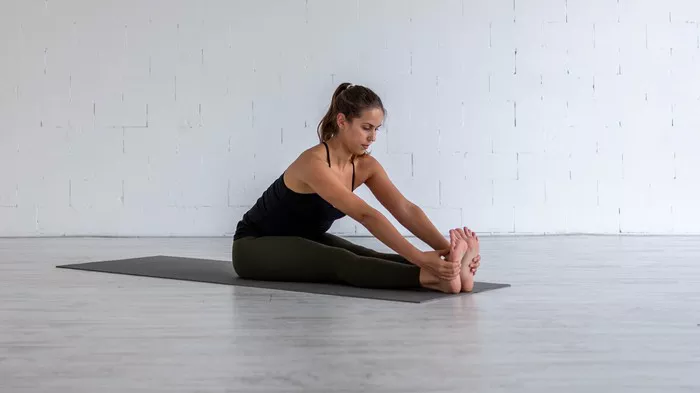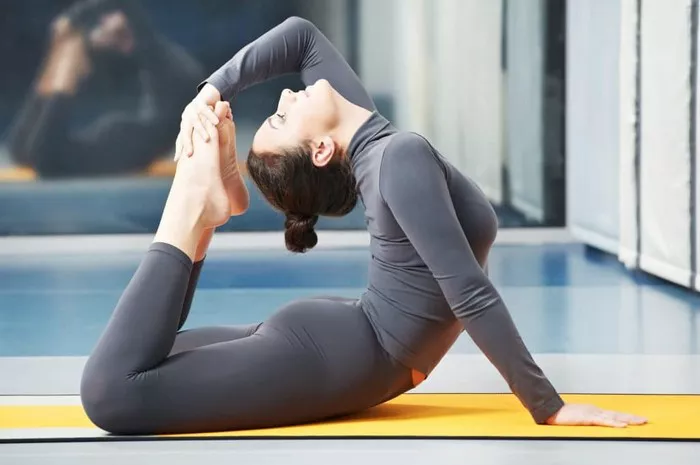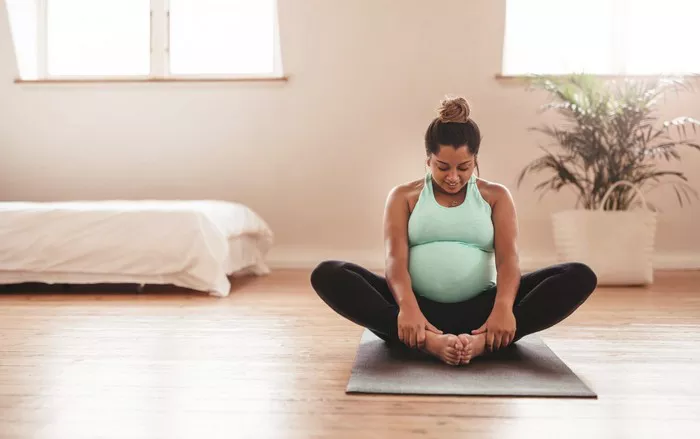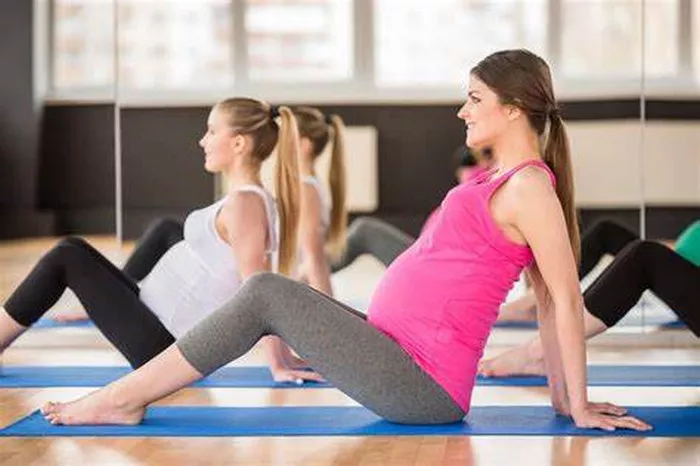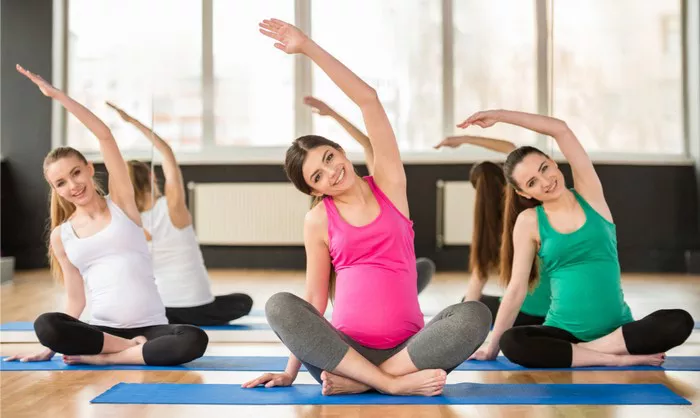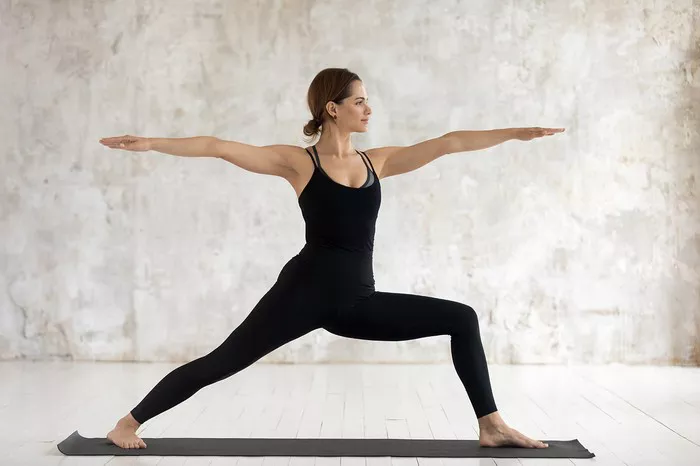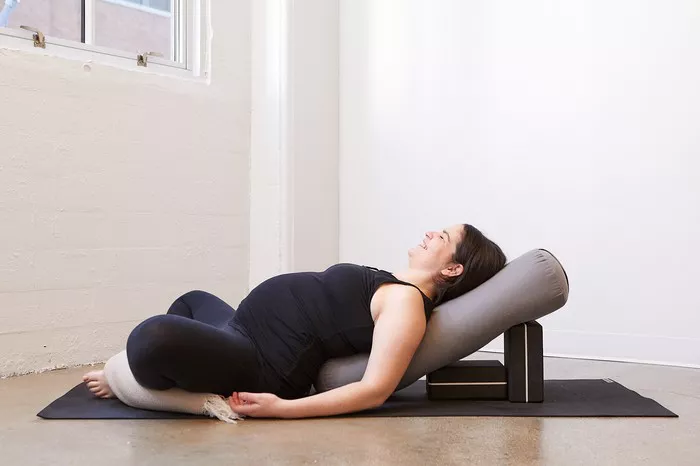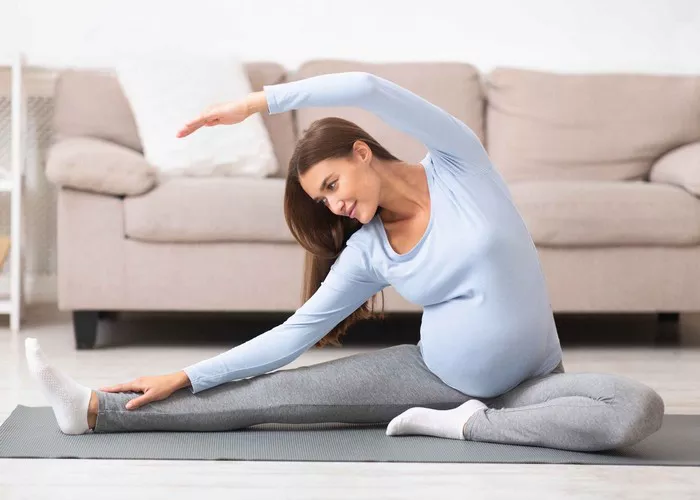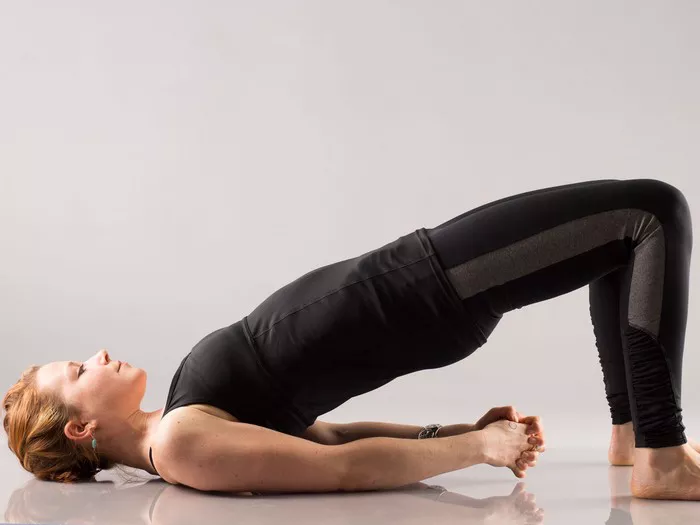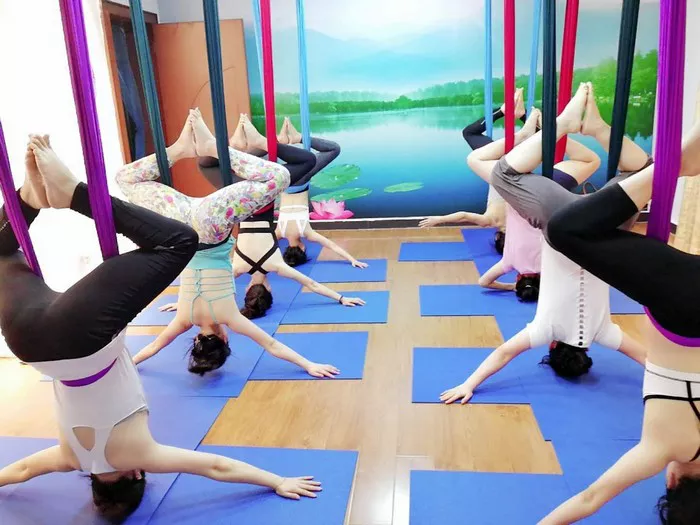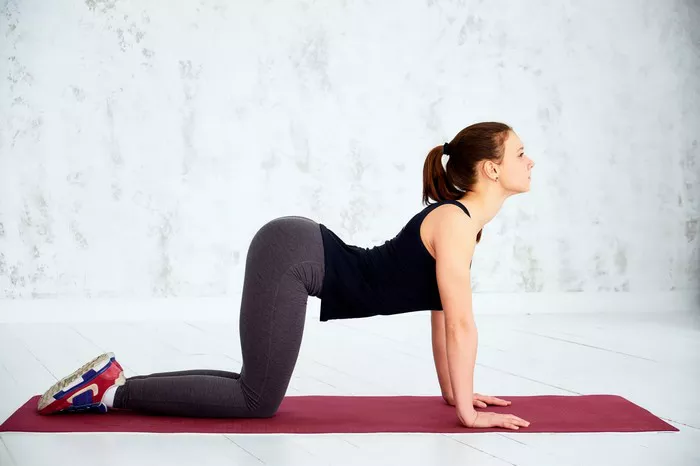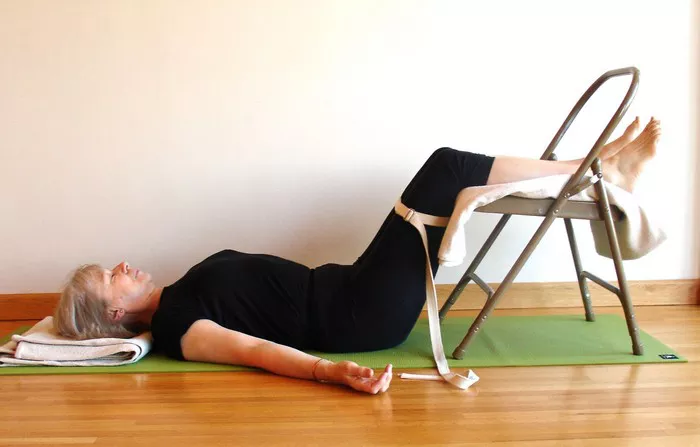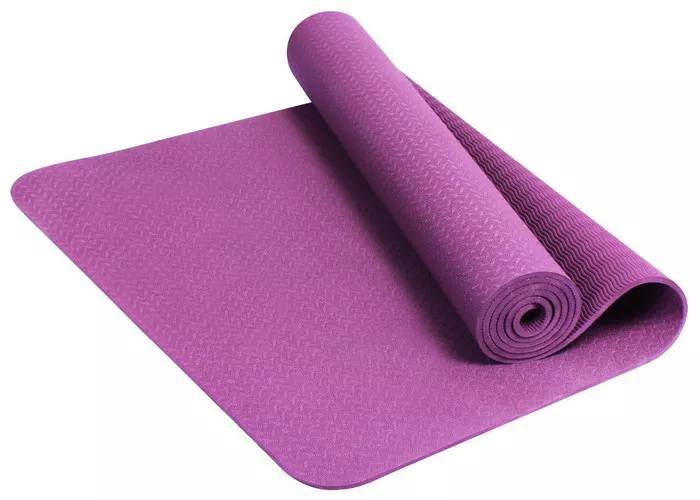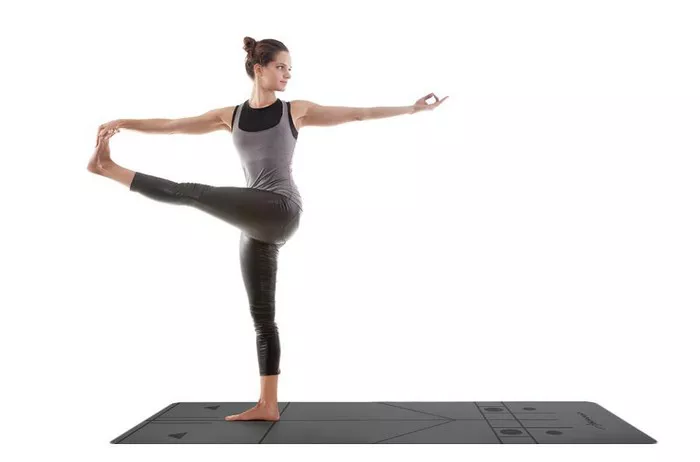In the realm of fitness, there’s a multitude of options to choose from, each offering unique benefits and experiences. Among the popular choices are Zumba and Yoga, both renowned for their ability to enhance physical health and mental well-being. While both practices promote overall wellness, they differ significantly in their approaches and outcomes. In this comprehensive comparison, we delve into the intricacies of Zumba and Yoga to help you determine which one aligns better with your fitness goals.
Understanding Zumba: The Dance-Fitness Phenomenon
Zumba emerged in the 1990s, pioneered by Colombian dancer and choreographer, Alberto “Beto” Perez. This dynamic fitness program combines Latin-inspired dance moves with aerobic elements, creating a high-energy workout that feels more like a party than an exercise routine. Zumba classes typically feature pulsating music, choreographed dance routines, and enthusiastic instructors, fostering a lively and inclusive atmosphere.
One of the key appeals of Zumba is its accessibility. Participants of all fitness levels can join in, regardless of dance experience. The routines are designed to be simple and easy to follow, allowing individuals to focus on enjoying the music and moving their bodies rhythmically. Moreover, Zumba’s emphasis on fun and enjoyment makes it a popular choice for those seeking a lively workout that doesn’t feel like traditional exercise.
From a physical standpoint, Zumba offers a full-body workout that targets various muscle groups while improving cardiovascular health. The constant movement and combination of dance styles promote flexibility, coordination, and endurance. Additionally, the upbeat music and social environment contribute to stress reduction and mood enhancement, making Zumba not just a physical activity but also a mental and emotional outlet.
Exploring Yoga: The Ancient Practice of Mind-Body Harmony
Yoga, in contrast, is an ancient discipline that originated in India thousands of years ago. Rooted in the philosophy of achieving union between the mind, body, and spirit, yoga encompasses a diverse range of practices, including physical postures (asanas), breathing techniques (pranayama), and meditation. Unlike the fast-paced nature of Zumba, yoga encourages participants to slow down, cultivate mindfulness, and connect with their inner selves.
One of the defining characteristics of yoga is its focus on alignment, breath awareness, and mindfulness. Through mindful movement and conscious breathing, practitioners learn to synchronize their breath with each posture, promoting relaxation, stress relief, and mental clarity. This mind-body connection lies at the heart of yoga, fostering a sense of balance and harmony within oneself.
Yoga offers a multitude of physical benefits, including improved flexibility, strength, and posture. The various asanas target different muscle groups, promoting balance and overall body awareness. Additionally, the emphasis on controlled breathing can enhance respiratory function and oxygenation of the body, leading to increased vitality and energy levels. Beyond the physical aspects, yoga is also renowned for its ability to reduce anxiety, alleviate depression, and promote emotional well-being through its meditative components.
Comparing the Benefits: Zumba vs Yoga
When comparing the benefits of Zumba and Yoga, it’s essential to consider the specific goals and preferences of each individual. Both practices offer unique advantages that cater to different needs and interests.
1. Cardiovascular Health and Fitness:
Zumba: With its energetic dance routines and aerobic elements, Zumba provides an effective cardiovascular workout, improving heart health and endurance.
Yoga: While not as intense as Zumba in terms of cardio, certain styles of yoga, such as Vinyasa or Power Yoga, can elevate the heart rate and offer cardiovascular benefits. However, the primary focus of yoga is on holistic well-being rather than solely cardiovascular fitness.
2. Muscle Tone and Flexibility:
Zumba: The dynamic movements and repetitive motions in Zumba routines engage various muscle groups, promoting muscle tone and flexibility.
Yoga: Yoga asanas are designed to stretch and strengthen the muscles, improving flexibility, mobility, and muscle tone. The static nature of many yoga poses allows for deeper muscle engagement and elongation.
3. Stress Reduction and Mental Well-being:
Zumba: The upbeat music, social atmosphere, and endorphin release during Zumba sessions contribute to stress reduction and mood enhancement.
Yoga: The mindfulness practices incorporated into yoga, such as meditation and deep breathing, promote relaxation, stress relief, and mental clarity. Yoga’s emphasis on self-awareness and introspection can also lead to greater emotional resilience and well-being.
4. Accessibility and Inclusivity:
Zumba: Zumba classes are designed to be inclusive and welcoming to individuals of all ages, fitness levels, and backgrounds. The simple choreography and focus on enjoyment make it accessible even to those with no prior dance experience.
Yoga: While yoga is generally accessible to people of all fitness levels, certain styles and poses may be challenging for beginners or those with physical limitations. However, modifications and variations are often offered to accommodate different abilities and needs.
5. Community and Social Connection:
Zumba: Zumba classes foster a sense of community and camaraderie among participants, creating a supportive and motivating environment.
Yoga: Yoga studios and communities also provide opportunities for social connection and support, albeit in a more introspective and serene setting. Group classes offer a sense of belonging and shared experience, while retreats and workshops allow for deeper connections with like-minded individuals.
Choosing the Right Fit: Personal Considerations
Ultimately, the decision between Zumba and Yoga boils down to personal preferences, fitness goals, and lifestyle factors. Some individuals may thrive in the energetic and social atmosphere of Zumba classes, while others may prefer the introspective and meditative aspects of yoga. Here are some factors to consider when choosing between the two:
1. Fitness Goals: Determine whether your primary focus is on improving cardiovascular health, building strength and flexibility, reducing stress, or a combination of these factors.
2. Personality and Preferences: Consider whether you enjoy high-energy, fast-paced workouts or prefer a slower, more contemplative approach to fitness.
3. Physical Limitations: Take into account any existing injuries or physical limitations that may affect your ability to participate in certain activities or poses.
4. Lifestyle and Schedule: Evaluate whether your schedule allows for regular attendance at Zumba classes or yoga sessions, and choose a practice that fits seamlessly into your lifestyle.
Conclusion
In the debate between Zumba and Yoga, there is no clear winner as both offer distinct benefits and experiences. Zumba excels in its ability to provide a lively and engaging workout that promotes cardiovascular health, muscle tone, and stress reduction, all within a vibrant social setting. On the other hand, Yoga shines in its emphasis on mindfulness, flexibility, and holistic well-being, fostering inner peace and self-awareness.
Ultimately, the best choice is the one that resonates most with you and aligns with your unique fitness journey. Whether you’re shaking it off in a Zumba class or finding your zen on the yoga mat, both practices have the power to transform your body, mind, and spirit, guiding you towards a healthier and happier life.
FAQs:
Can I do Zumba and yoga together?
Yes, you can certainly incorporate both Zumba and yoga into your fitness routine. Combining these two practices can offer a well-rounded approach to physical health and mental well-being. You might choose to alternate between Zumba and yoga sessions throughout the week or even integrate elements of both into a single workout. Just be mindful of your body’s needs and listen to any cues it gives you during exercise.
Does Zumba make you fit?
Zumba can contribute significantly to improving your fitness level. Its high-energy dance routines provide a fun and effective cardiovascular workout, helping to strengthen the heart, increase endurance, and burn calories. Additionally, the dynamic movements in Zumba engage various muscle groups, promoting muscle tone and flexibility. Consistent participation in Zumba classes, combined with a healthy diet and lifestyle, can lead to improved overall fitness and well-being.
Is Zumba more effective than exercise?
Zumba is a form of exercise, so it’s not accurate to compare it to “exercise” as a whole. However, Zumba can be highly effective in achieving certain fitness goals, particularly in terms of cardiovascular health, muscle toning, and calorie burning. Its combination of dance, aerobic elements, and upbeat music creates a dynamic and engaging workout experience that many find enjoyable and effective. Ultimately, the effectiveness of Zumba depends on individual preferences, fitness goals, and consistency in practice.

